The Beginner’s Guide to Elk Hunting in Manitoba
When late August rolls around, resident archery hunters in Manitoba step into a season unlike any other, where the bugle of a Manitoban elk can echo through rolling hills and deep forest.
Through the province’s big game draw, hunters have the exciting opportunity to pursue these incredible animals during the rut, a hunt that delivers heart-pumping, close-range encounters with elk that can weigh in excess of 1,000 pounds, carry antlers of enormous proportions, and let out bugles that will raise the hair on the back of your neck.
This magical time of year typically runs from the last Monday of August for the following three to four weeks. Hunting opportunities are spread across much of the southern portions of Manitoba, from the rolling hills of the parklands, to the dense cover and sprawling farm fields of the southern and western regions, to the mixed agriculture, forests, and swamps of the Interlake region. There are elk hunting opportunities to be found all across this beautiful province.
Whether you have been chasing elk for years or are just starting to explore the idea, the following is a look at some of the opportunities, tips, and experiences that make elk hunting in Manitoba so special.
Deciding Where to Hunt Elk in Manitoba
When it comes to finding elk and deciding where to hunt them in Manitoba, there are plenty of options. As mentioned earlier, the elk range in this province is vast. It stretches from the northern reaches of the western region, such as the Duck Mountains, down to the outside perimeter of Riding Mountain National Park, all the way south to the Turtle Mountains and the Pembina Valley. From there, it shifts east toward Spruce Woods and extends north into the wide expanse of the Interlake region.
For a detailed breakdown of hunting zones and seasons, refer to the Manitoba Resident Big Game Elk Draw and Moose Draw Application Guide below.

Breaking Down Your Game Hunting Area
Once you have decided on the Game Hunting Area (GHA) where you want to hunt elk, the next step is figuring out where in that massive area to focus your efforts. Despite the size of these GHAs, elk often concentrate in pockets of ideal habitat. In general, they gravitate toward prime agricultural fields for forage, such as oats, canola, fall rye, corn, alfalfa, and more. Alongside these food sources, they seek out dense cover, which can range from small 10- to 40-acre patches to the sprawling stands of timber and swamps found in places like the Duck Mountains and the Interlake region.

While targeting areas near agriculture can be one of the quickest ways to locate elk, it is not the only option, and it can sometimes come with challenges, such as private land access, difficulty obtaining permission, or higher hunting pressure. Many prime hunting opportunities, especially in areas like the Duck Mountains and the Interlake, can be found deep in the woods, away from the fields. Here, elk feed on natural vegetation in meadows and swamp edges and travel through corridors like swamp draws or ridges. Identifying both agricultural hotspots and remote wilderness pockets gives you a well-rounded strategy for covering an area efficiently.

Scouting for Success
If you’re successful in the annual Big Game Draw – open throughout the month of May and typically announced in the third week of June – and have your Game Hunting Area (GHA) confirmed, it’s time to narrow down where elk are most likely to be. I rely on a four-pronged approach: road scouting, e-scouting, boots-on-the-ground exploration, and trail cameras.
E-Scouting
My number one tool for e-scouting elk in Manitoba is the iHunter app. It provides detailed, cacheable satellite imagery (accessible without cell service) and allows you to overlay RM Land Ownership Maps. This feature is invaluable for determining land ownership, requesting permission, and locating public hunting areas such as Crown land and Wildlife Management Areas.

Road Scouting
Once you have identified a few promising spots, it is time to get out on the backroads and see them firsthand. Quality optics, like binoculars and a spotting scope, are essential. Drive slowly, scan the surroundings, and watch for elk. Pay attention to roadside ditches for well-defined game trails, and if there is mud at the bottom, stop and check for tracks.
Refining the E-Scouting
After finding elk or fresh sign, revisit your maps. Confirm whether the land is public or private, request access if necessary, then take a closer look at the property to pinpoint food, water, and shelter. Identify potential travel corridors before heading in on foot.
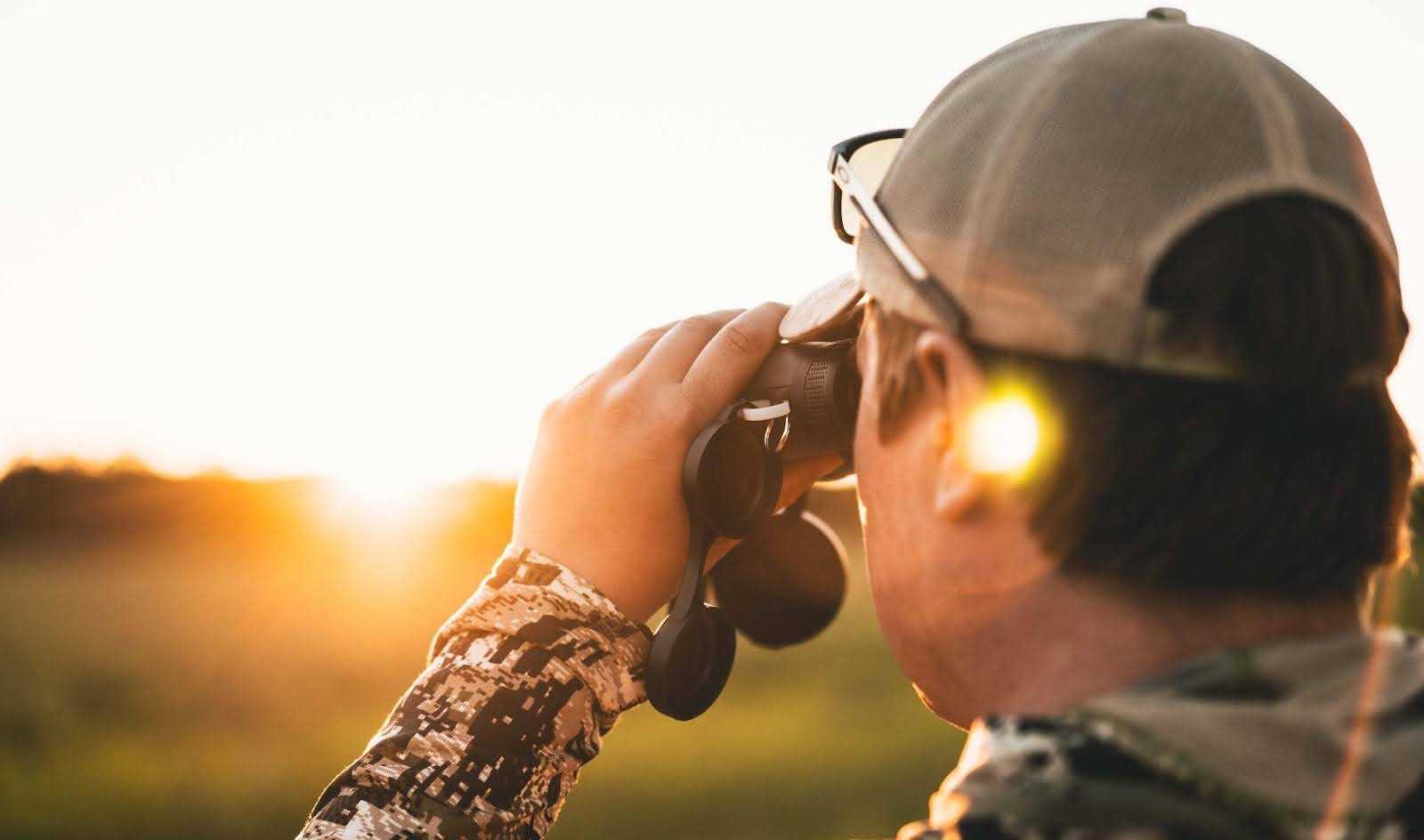
Boots on the Ground
With waypoints set, it is time to explore in person. Look for rubs and wallows from past seasons, beaten game trails, field entry points, water sources, and bedding areas. These details give you a much clearer picture of how elk are using the landscape.
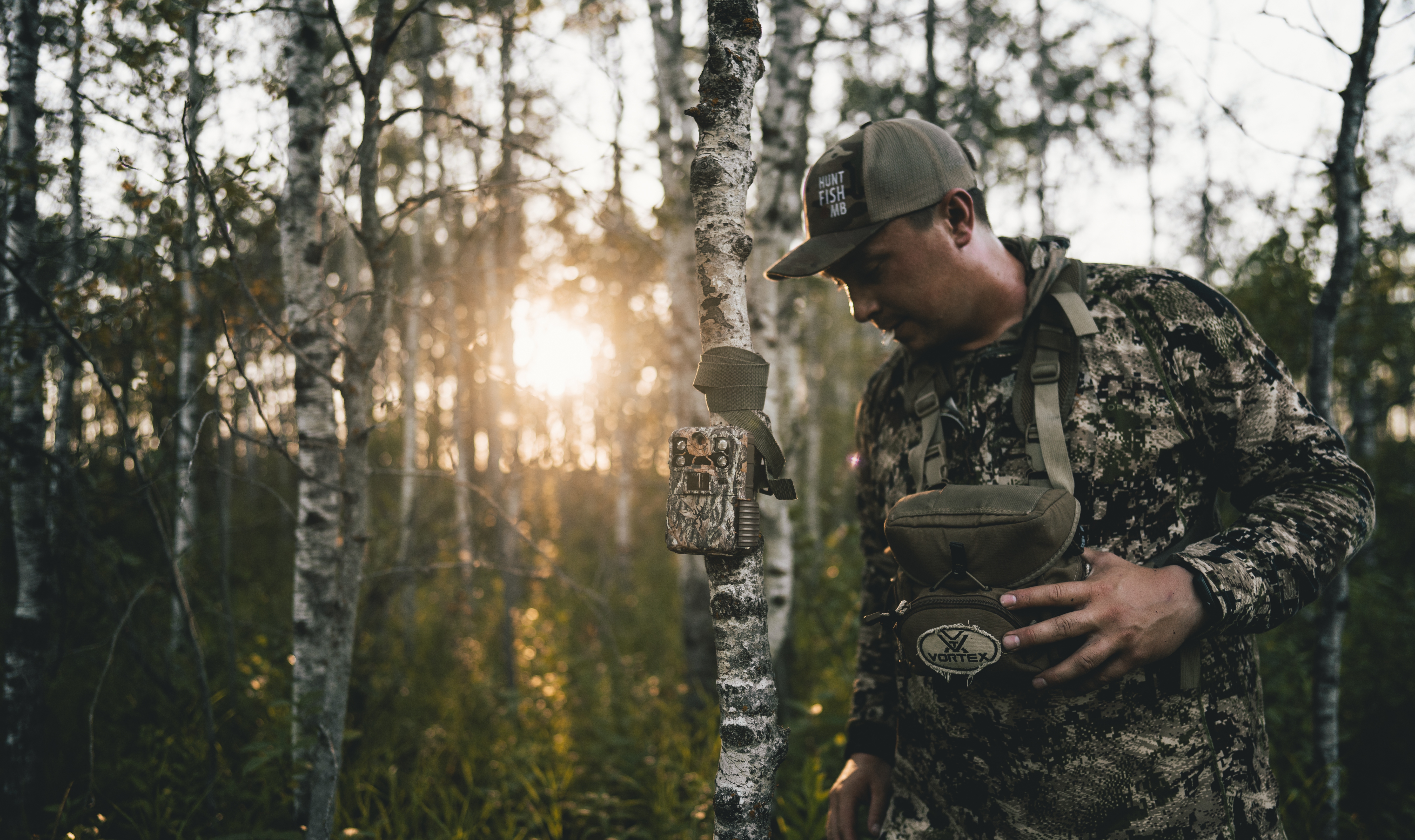
Trail Cameras
Finally, use your findings to select prime camera locations. Focus first on areas with the most concentrated sign, such as food and water sources, then expand to travel corridors and potential bedding areas. As the season progresses, a heavily used wallow can be a great camera site. For more on camera placement, see our blog on whitetail trail camera scouting tips.
With this groundwork in place, you will be ready when the season opens. Next, we will look at basic elk hunting strategies throughout the season, explore calling types and techniques, and share resources to help you get closer to these incredible animals.

Elk Calling Basics
One of the most exciting parts of elk hunting in Manitoba is the ability to call to the elk and have them respond. This kind of back-and-forth interaction during the rut is among the most thrilling experiences in big game hunting across North America. It is an adrenaline rush unlike any other, especially when a bull bugles back and starts closing the distance.
During the rut, elk use a wide range of vocalizations, from soft chirps and mews with the cows to deep grunts, chuckles, sharp barks, and high-pitched bugles with the bulls. Modern artificial calls allow hunters to mimic these sounds to draw elk within range. The main types of calls include:

- Diaphragm (mouth) calls – A favourite for many hunters, these sit on the roof of your mouth and use tongue pressure and airflow over a latex reed to produce sound. They can mimic both cow and bull calls and, with practice, create some of the most realistic elk sounds possible. One of their biggest advantages is being completely hands-free, which is a huge benefit if a bull approaches while you are at full draw.
- External reed calls – These include push-button calls, bite calls, and “Hoochie Mama”-style squeezers. They are simple to use and great for beginners, but they offer less variety in sound and require at least one free hand.
- Bugle tubes – Often paired with diaphragm calls, bugle tubes amplify sound and add depth, helping to replicate the natural resonance of a bull elk’s bugle. They can also project sound over long distances to locate elk.

Learning to call takes commitment, especially with diaphragm calls, which have a steeper learning curve but can become your most effective tool with consistent practice. Start by mastering basic cow calls, then progress to bugles, chuckles, and grunts. Once confident, combine them into sequences, such as cow calls followed by a location bugle, or soft mews mixed with raking, to create the impression of a relaxed herd.
The goal is to sound natural. Sometimes a single, well-timed cow call will bring a bull in silently, while other times a full bugle and chuckle can spark a territorial response. Pay attention to how elk react and adjust your approach.
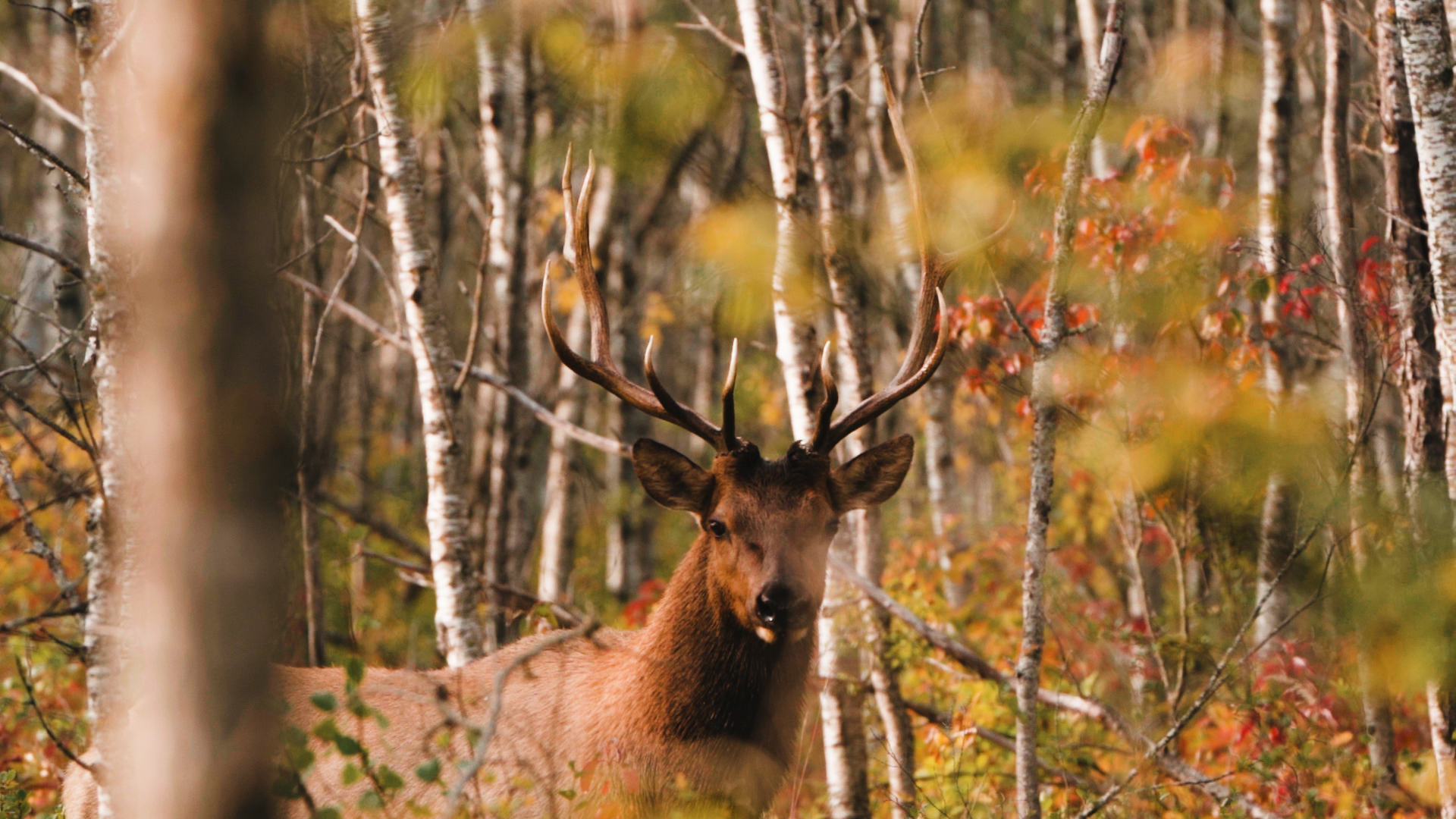
The more you practice before the season, the better your results will be. Linked here is a great starting point, a video from Hushin featuring champion caller Dirk Durham explaining everything you need to know about using a diaphragm call from start to finish.
Quick Tips: Elk Hunting in Manitoba
- Hunting the rut from late August through September means dealing with unpredictable weather. One day it can be 30°C, the next morning -8°C. Having a good layering system allows you to add or remove clothing to regulate your temperature as conditions change.
- Spend as much time as possible shooting your bow before the season, including long-distance practice to fine-tune accuracy.
- Physical conditioning is just as important; get used to hiking with a heavy pack so you are ready for long days in the field without tiring quickly.
- Wind awareness is critical. Always carry a wind checker and use it often to keep the wind in your face. No scent control product will make up for hunting with the wind at your back.

Early Season Tactics (Late August to Early September)
In the first week or two of the season, bulls are often still alone, actively searching for cows, and establishing dominance over other bulls. This is one of the most exciting times to hunt, as bulls can be highly vocal and responsive.
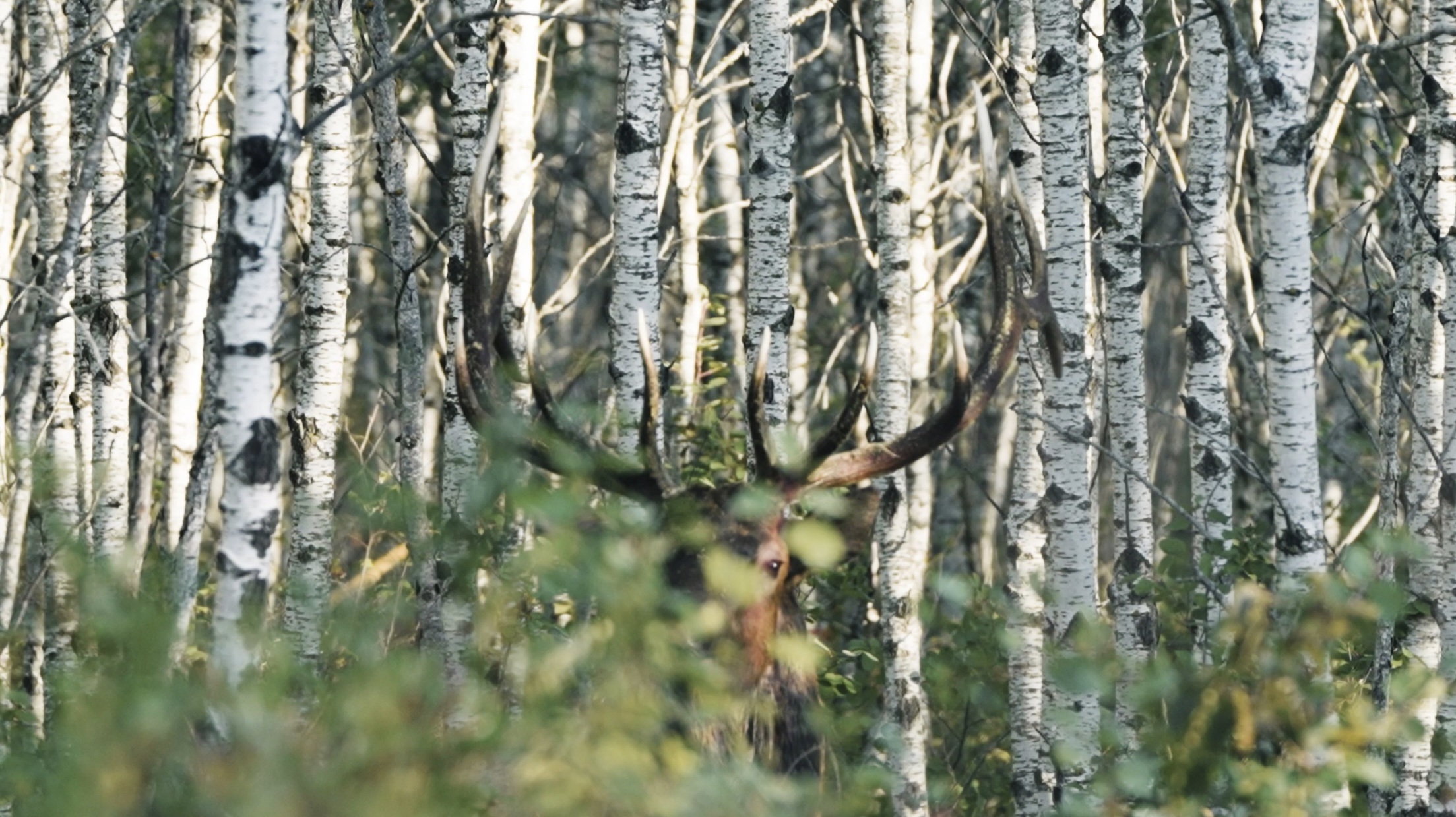
During this period, I use a mix of bugles and cow calls. If I hear a bull bugling, I try to close the distance as much as possible before calling back — ideally to within 200 yards. Getting inside his “bubble” often triggers an aggressive response and can bring him in for a challenge. These early encounters can produce some of the most action-packed hunts of the season.
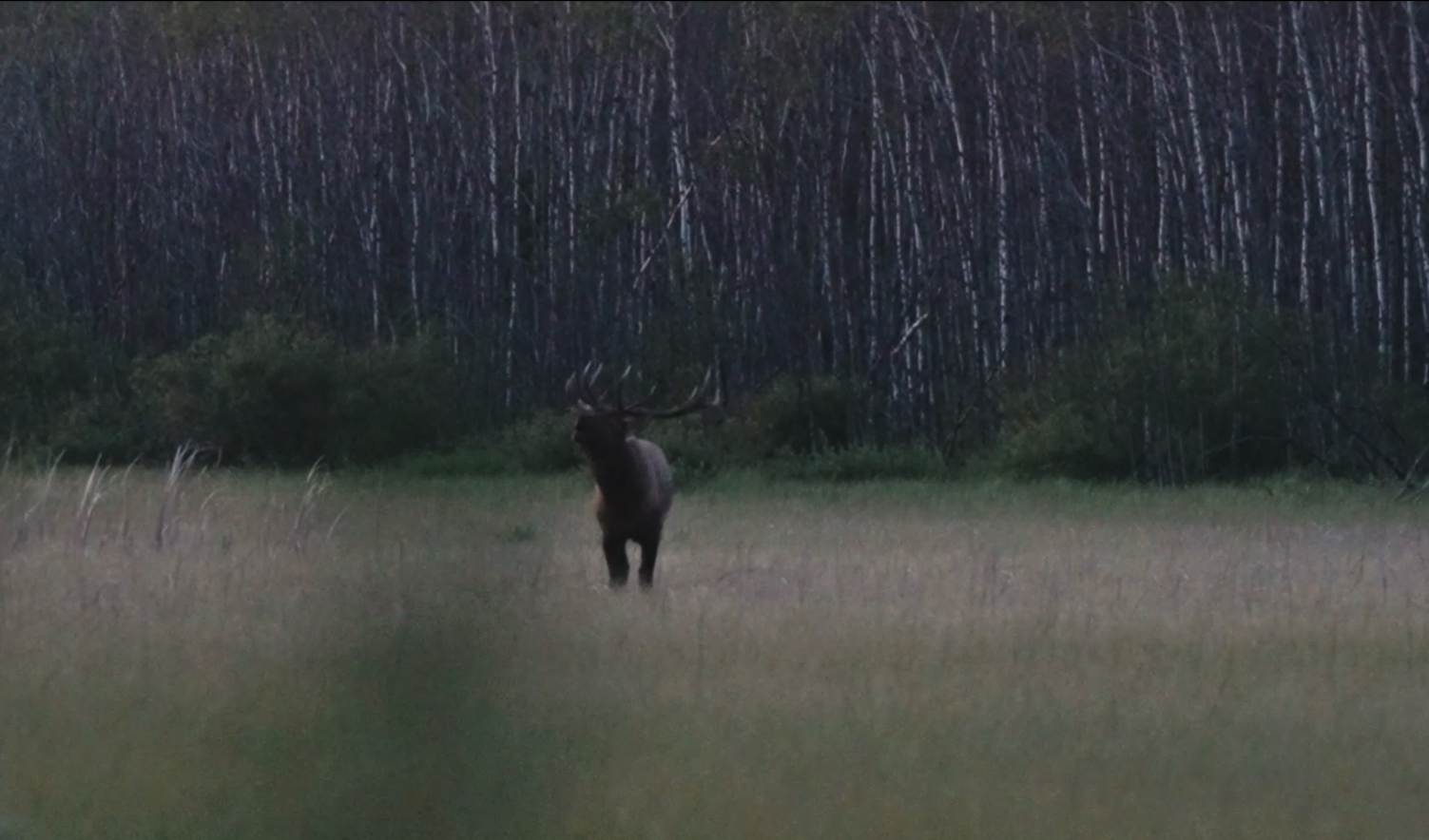
Peak Rut Tactics (Mid to Late September)
Around mid to late September, roughly the week before and after the fall equinox, most elk herds are established. A dominant herd bull will have gathered his cows, while satellite bulls linger nearby looking for opportunities.
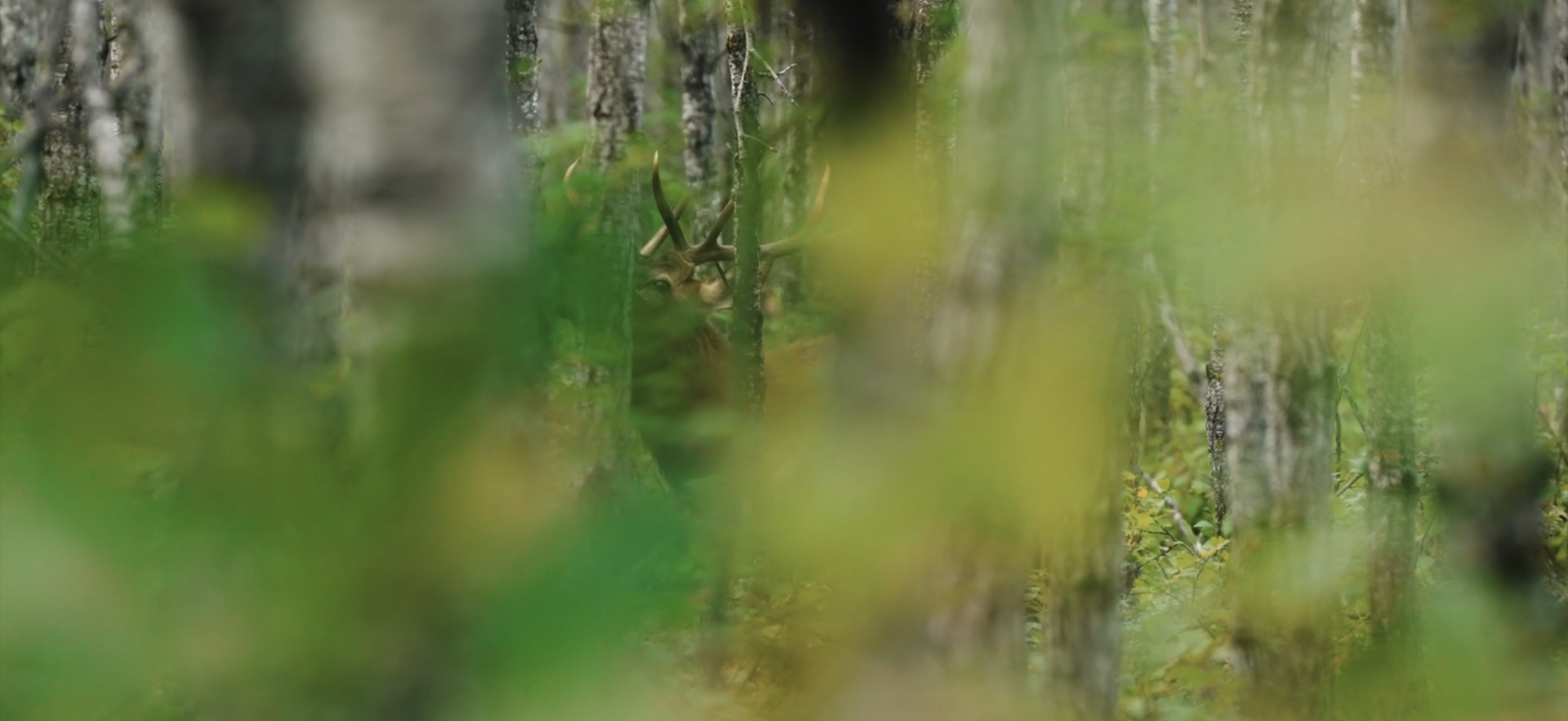
At this stage, being in position before first light is key. Herds often move toward bedding areas at daybreak, so starting the day close to them increases your chances. I follow the bugles quietly as they travel to their bedding area, getting as close as possible before calling. I start with soft cow calls to lure the bull or nearby satellites. If that fails, I move in tight before bugling to challenge the herd bull. The closer you are before bugling, the more likely he is to stand his ground and defend his cows. Calling too early can push the herd farther away, so stealth and patience are essential.
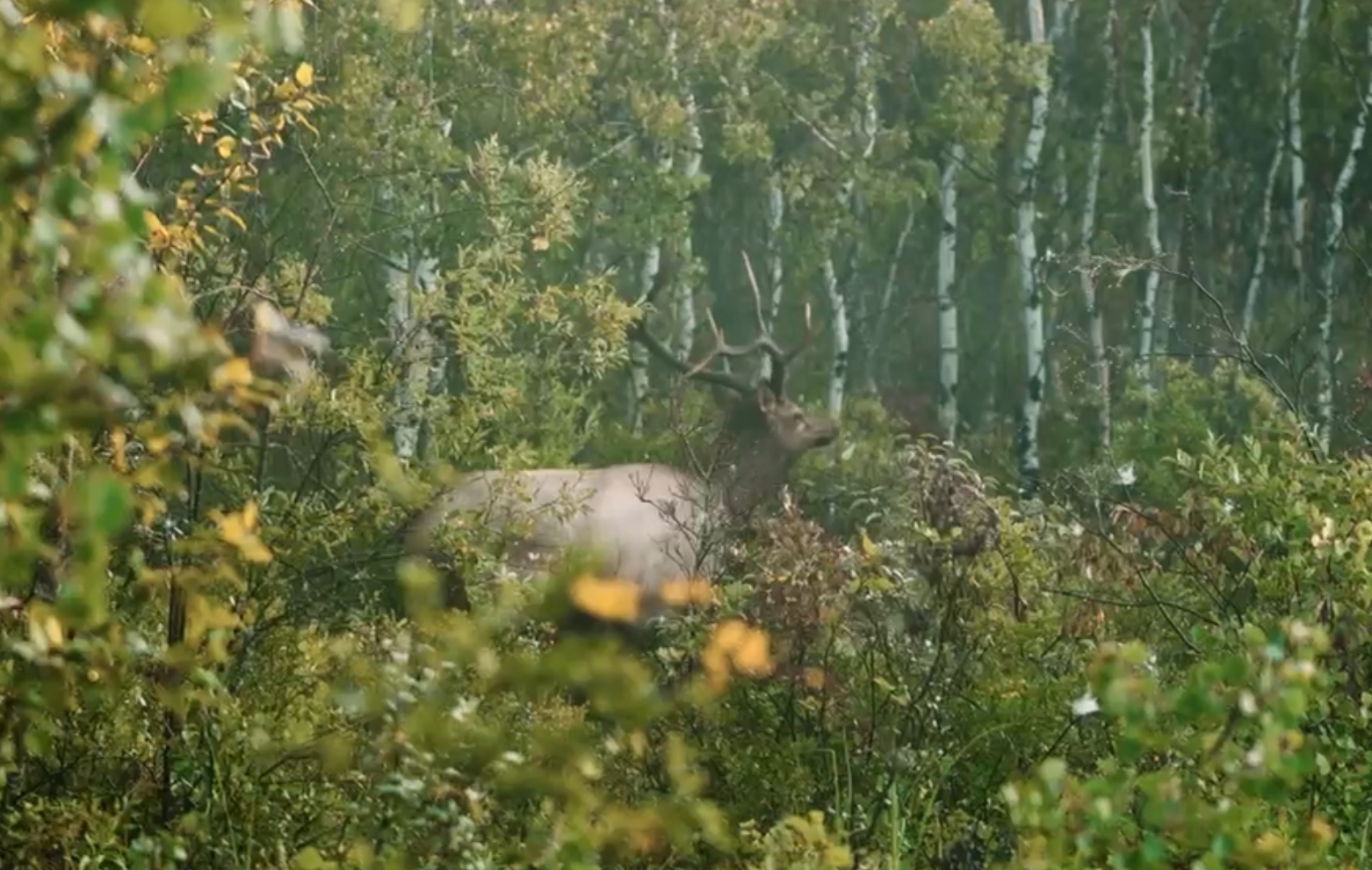
The Hunt Is Only Part of the Story
Archery elk hunting is no easy task, with success rates often around 10 percent. It is important to embrace the entire experience: the early mornings, the frosty air, the golden sunsets, the miles covered, and the lessons learned. Whether you harvest an animal or not, every season in the woods is an opportunity to grow as a hunter and prepare yourself for future years.

There is far more to elk hunting than we can fit into this blog. Countless online resources go deeper into calling strategies, setups, and gear. Take the time to explore them. Watch experienced hunters on platforms like YouTube to see how they adapt to changing conditions, use the wind to their advantage, adjust their calling, and break down each hunt. Or feel free to reach out to me anytime with questions; you can find my information in the author section below. Elk hunting is a lifelong learning process; you will never know it all, and that is part of what makes it so rewarding.

Best of luck this season. Enjoy every moment, and I hope you finish it feeling successful, not just because of the outcome, but because of everything you learned in the woods. That is truly what it is all about.

For more on big game hunting in Manitoba, visit our Big Game Hunting Page.
To learn about Manitoba hunting regulations, seasons and more, visit our Manitoba Hunting Guide Page
